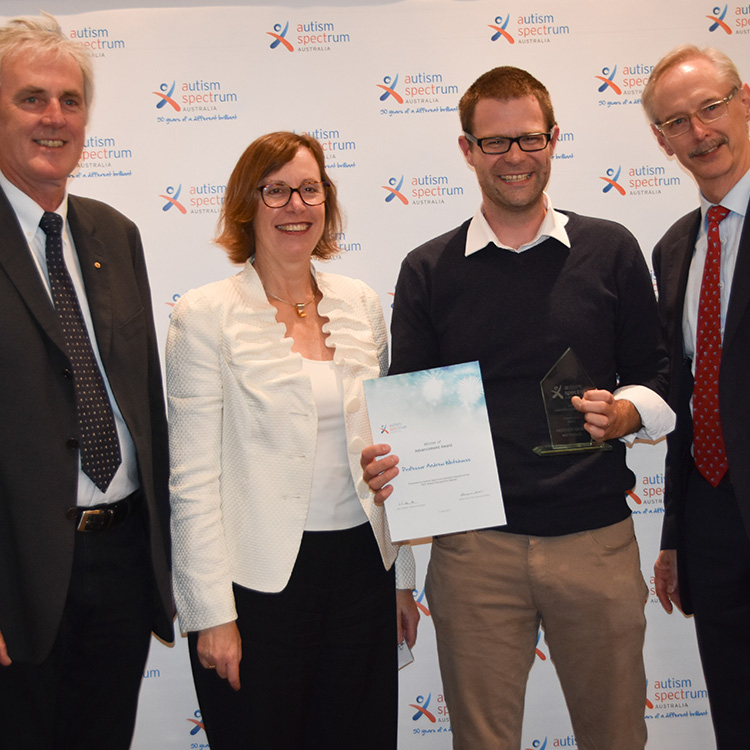Search
Research
Developmental vitamin D deficiency increases foetal exposure to testosteroneAutism spectrum disorder (ASD) is a group of neurodevelopmental disorders which are more common in males. The 'prenatal sex steroid' hypothesis links excessive sex-steroid exposure during foetal life with the behavioural differences observed in ASD. However, the reason why sex steroid exposure may be excessive remains unclear. Epidemiological studies have identified several environmental risk factors associated with ASD, including developmental vitamin D (DVD) deficiency.
Research
Temperament in individuals with Autism Spectrum Disorder: A systematic reviewThe study of temperament in Autism Spectrum Disorder (ASD) has the potential to provide insight regarding variability in the onset, nature, and course of both core and co-morbid symptoms. The aim of this systematic review was to integrate existing findings concerning temperament in the context of ASD. Searches of Medline, PsychInfo and Scopus databases identified 64 relevant studies. As a group, children and adolescents with ASD appear to be temperamentally different from both typically developing and other clinical non-ASD groups, characterized by higher negative affectivity, lower surgency, and lower effortful control at a higher-order level.
Research
Acoustic characterization and machine prediction of perceived masculinity and femininity in adultsPrevious research has found that human voice can provide reliable information to be used for gender identification with a high level of accuracy. In social psychology, perceived masculinity and femininity (masculinity and femininity rated by humans) has often been considered an important feature when investigating the influence of vocal features on social behaviours.
Research
The Promise of Electroencephalography for Advancing Diagnosis and Treatment in Neurodevelopmental DisordersNDD's such as ASD, ADHD and ID, commonly emerge during early development and impacts function across cognitive, social-emotional, communication and sensorimotor
Research
A national guideline for the assessment and diagnosis of autism spectrum disorders in AustraliaThe Guideline aims to create greater consistency in diagnostic practices across the country to ensure individuals on the autism spectrum can receive the optimal care
Research
Psychosocial moderators of associations between life events and changes in physical activity after leaving high schoolThis study examines the associations between life events & changes in leisure-time physical activity after leaving high school in young people from rural...
Research
The association between prenatal environment and children’s mental health trajectories from 2 to 14 yearsThis study aimed to elucidate how an adverse prenatal environment, as defined by the presence of a number of known prenatal risk factors, would influence...
Research
A prospective ultrasound study of prenatal growth in infant siblings of children with autismNumerous studies have observed that a proportion of infants later diagnosed with autism spectrum disorder (ASD) experience accelerated head growth...

People
Andrew WhitehouseDeputy Director (Research); Angela Wright Bennett Professor of Autism Research at The Kids Research Institute Australia; Director, CliniKids

News & Events
Autism researcher wins accolade for science videosProfessor Andrew Whitehouse has been awarded an Autism Spectrum Australia Recognition Award for his work communicating scientific findings to families.
